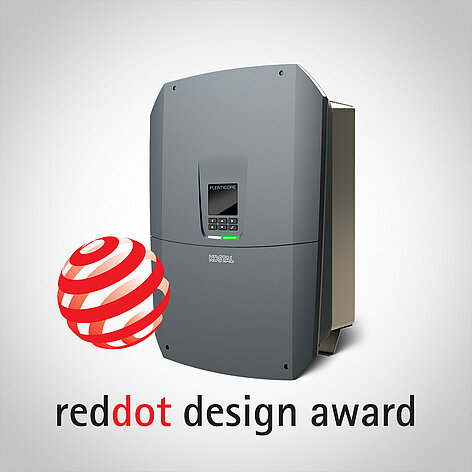
Sustainably designed, award-winning in execution: KOSTAL PLENTICORE G3
The PLENTICORE G3 combines technological innovation with resource-conscious design – and has been honored with the prestigious Red Dot Award: Product…


The PLENTICORE G3 combines technological innovation with resource-conscious design – and has been honored with the prestigious Red Dot Award: Product…
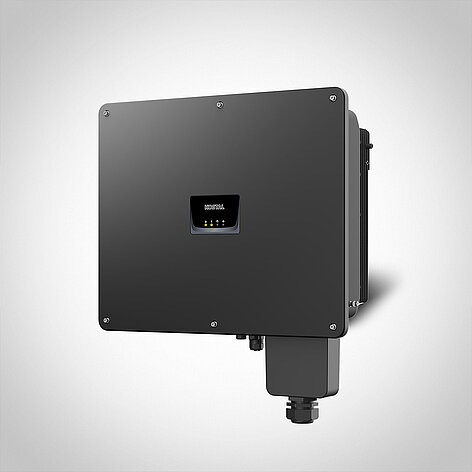
Maximum efficiency, top safety, and complete flexibility – the new commercial inverter from KOSTAL delivers it all
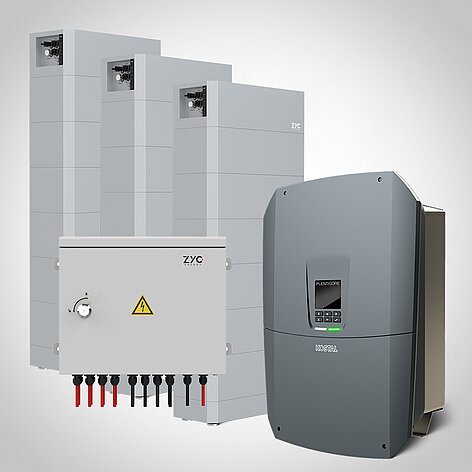
KOSTAL PLENTICORE plus G2 and PLENTICORE G3 compatible with ZYC SIMPO HV Combiner Boxes SCB 30 and SCB 80 – for flexible storage solutions up to…
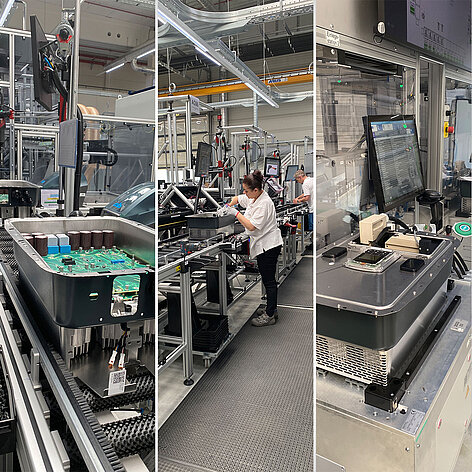
Production start for KOSTAL PLENTICORE MP in Hagen – Single-phase inverter for international markets
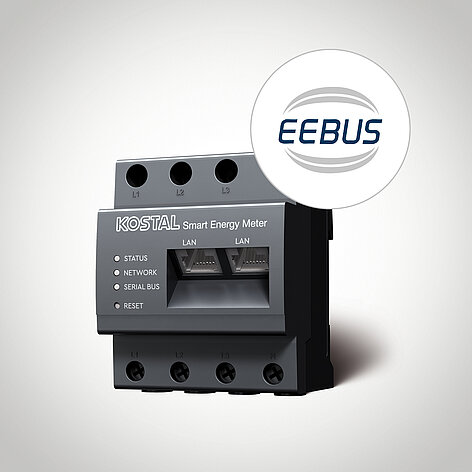
Device Smart Energy Management with EEBUS: KOSTAL Smart Energy Meter G2 Ready for the future.
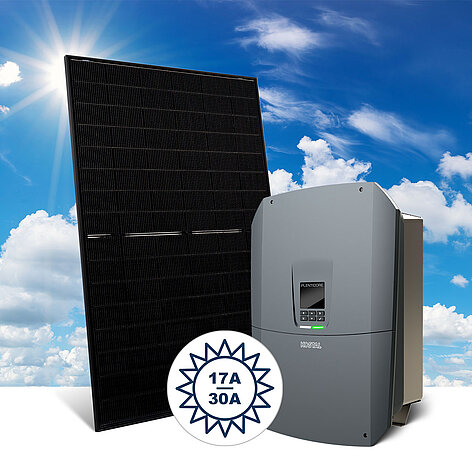
KOSTAL – as a leading provider of innovative inverter solutions – is taking photovoltaic technology to the next level in terms of power and…
![[Translate to English:] Made in Europe Bonus [Translate to English:] Made in Europe Bonus](/fileadmin/_processed_/c/a/csm_KOSTAL_Wechselrichter_Made_in_Europe_Bonus_383c73454c.jpg)
The Austrian EAG clearing house has officially added KOSTAL inverters from the PLENTICORE and PIKO series to the whitelist for the ‘Made in Europe’…
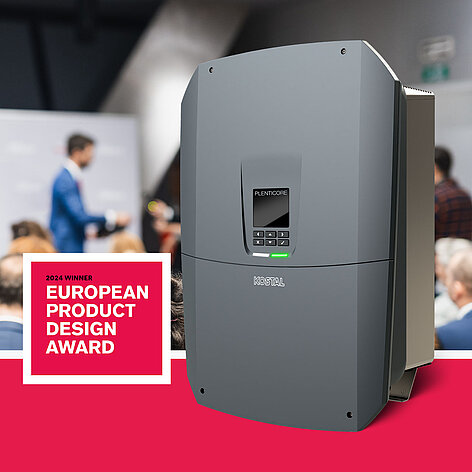
World’s First and Only Inverter with Expandable Power and Features Receives International Recognition
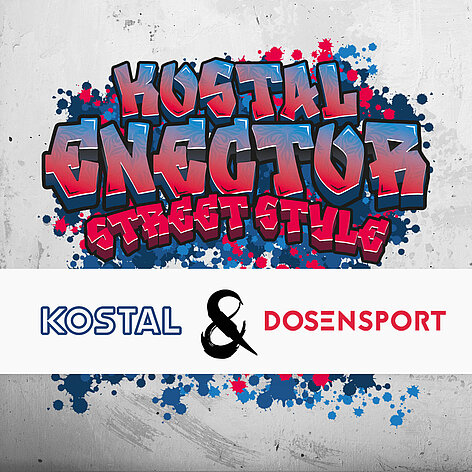
KOSTAL supports charitable organizations with a limited edition of the ENECTOR wallbox.
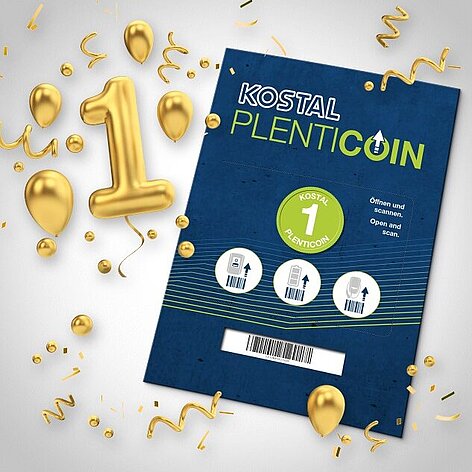
For a year now, KOSTAL has been revolutionising the way specialist tradesmen and customers access product extensions for inverters and wallboxes with…